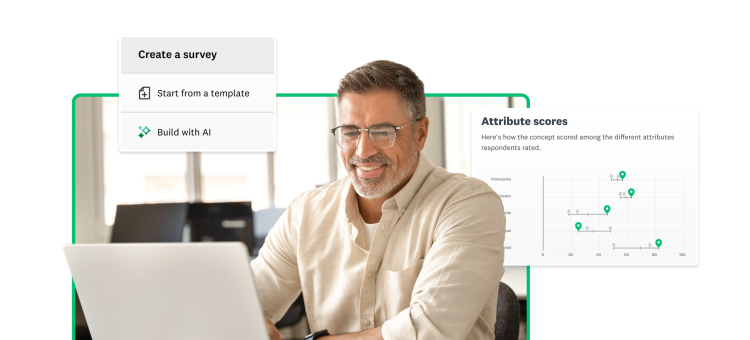The Audi brand name is likely a familiar one, bringing to mind images of sleek, well-designed vehicles. You may not know, however, that the company applies its principles of premium mobility and leading-edge technology beyond luxury vehicles with its wholly-owned subsidiary Audi Business Innovation (ABI).
Known as ABInauts, the team at Audi Business Innovation aims to rethink the automotive core business. As a digital product development and innovation company, ABI offers profound product and IT expertise for user-centric solutions. Headquartered in Munich, ABI provides the concept to digital services and business models, improves the user experience and makes a measurable contribution to a premium customer experience.
As part of Audi Business Innovation’s former sustainable energy projects, Julia Polleti and Annika Stumpf are focused on user experience to balance the needs of the end user with those of the business. Polleti and Stumpf are proponents of the power of a user-first mindset.
“We believe that no product or service will turn out well on the business side if you’re not working to fit the needs of and solve the pain points of your users and customers.”
Julia Polleti
Building UX maturity companywide
For their sustainable energy work, success hinged on the ability to quickly gather feedback, create prototypes, adjust, and validate ideas. Tapping into the user’s mindset early on helps avoid a number of adjustments and changes later in the prototyping process, but creating a process for gathering usable feedback efficiently can be a daunting task.
Just a few years ago, as the ABInauts worked to embed a user-focused mindset throughout the organization and mature its practices, the broader team was still new to the UX mindset. This meant that any tools brought into the mix needed to prove their value quickly and be intuitive to use to ensure adoption.
The company needed a platform that could facilitate feedback collection, provide a way to analyze the data, and be flexible enough to be used creatively by different departments. The sustainable energy team has different needs than human resources, yet both can benefit from a user-centric approach. All departments can also benefit from the use of quantitative data, which Polleti considers one of the most important factors in a UX mentality.
For Audi Business Innovation, Polleti said, SurveyMonkey Enterprise has been a useful tool in helping establish the UX mentality.
Using surveys in creative, varied ways
After the analytics team in the mobility sector of ABI began using SurveyMonkey to better understand its end user, the platform was quickly adopted by other areas of the company. The ABInauts have found applications ranging from data collection to prototype testing, and several groups use it as part of their scrum approach. In the sustainable energy group, Polleti and Stumpf leveraged SurveyMonkey on a regular basis in a variety of ways.
In one study for an early phase product, the team used SurveyMonkey at multiple points in the process. The team started by asking what the user needs, using surveys to ideate and begin building a concept. The team also used SurveyMonkey’s built-in elements to mock up the intended interface of websites and tools and used the platform as a mock UX test, showing images and asking respondents questions about content. Lastly, the sustainable energy group used SurveyMonkey to collect insight into what users were willing to pay for the product, should it move forward into development.
“This process gave us really good ideas and strong outcomes,” Stumpf said.
Saving time and reducing risk
Polleti and Stumpf said that Audi Business Innovation has become more UX-centered since integrating SurveyMonkey across the organization.
“Even teams like HR are using it, which I really like,” Polleti said. “We have much more support now of the entire company for user-centered methods.”
She said that the company was at a lower UX maturity level before adopting SurveyMonkey—but a user-centric mindset is now at the core of many departments. Results from bigger studies done in SurveyMonkey are presented in company-wide meetings, and weekly information sessions allow any team member to bring an idea for new research projects.
Stumpf said the team sees a significant savings in time and budget by having SurveyMonkey as an integrated part of the process.
“We’re reducing the amount of time and money we previously had to invest elsewhere,” she said. “It betters our daily work.”
SurveyMonkey also helps different teams reduce risk in their prototyping and development process, Polleti said. “It helps prioritize tasks, ensures that the team is focused on the right areas and keeps the UX mindset at the forefront on a daily basis,” she added.
“SurveyMonkey helps us keep the focus on the user and get all the qualitative and quantitative feedback we need for our products and services,” Polleti said.
Stay connected to the needs of your users and reduce risk. Learn more about SurveyMonkey Enterprise.



